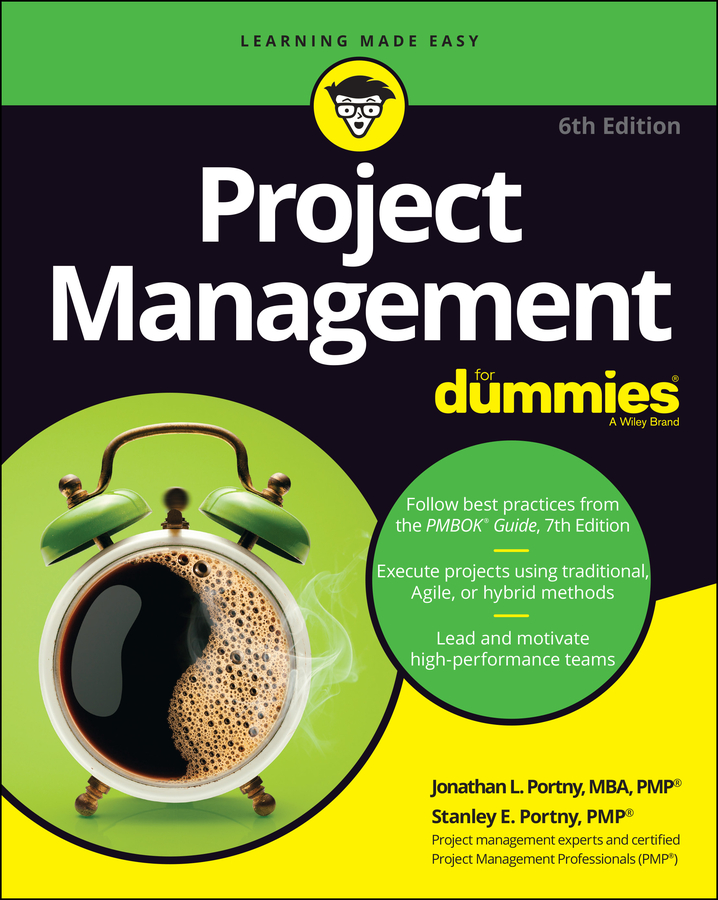Using a work breakdown structure (WBS) helps project managers identify unknowns that may cause problems as the project progresses. Dealing with unknowns cost time and money, so identifying and anticipating unknowns is essential to the life of a project.
As you think through the work you have to do to complete your project, you often identify considerations that may affect how or whether you can perform particular project activities. Sometimes you have the information you need to assess and address a consideration and sometimes you don’t. Identifying and dealing effectively with information you need but don’t have can dramatically increase your chances for project success.
Unknown information falls into one of two categories:
A known unknown: Information you know you need that someone else has but you don’t.
An unknown unknown: Information you know you need that neither you nor anyone else has because it doesn’t yet exist.
You deal with known unknowns by finding out who has the information you need and then getting it. You deal with unknown unknowns by using one or more of the following strategies:
Buying insurance to minimize damage that occurs if something doesn’t turn out the way you expected
Developing contingency plans to follow if something doesn’t turn out the way you expected
Trying to influence what the information eventually turns out to be
Say you become aware that twice in the past month computer operators at your company accidentally destroyed a data tape when they spilled coffee on it as they were preparing to mount it on a tape drive. As part of your current project, you need to have a computer operator mount a tape on a tape drive. Not surprisingly, you’re now concerned that the operator may spill coffee on your tape and destroy it, too.
Whether or not the operator will spill coffee on your tape is an unknown unknown when you prepare the WBS for your project plan. You can’t determine beforehand whether the operator will spill coffee on your tape because it’s an unintended, unplanned act (at least you hope so!).
Because you can’t find out for certain whether or not this occurrence will happen, you can consider taking one or more of the following approaches to address this risk:
Develop a contingency plan. For example, in addition to developing a scheme for the computerized selection of names directly from the data tape, have the statistician who guides the selection of the sample develop a scheme for selecting names randomly by hand from the hard copy of the data tape.
Take steps to reduce the likelihood that coffee is spilled on your data tape. For example, on the morning that your data tape is to be run, check beforehand for open cups of coffee in the computer room.
Of course, if you feel the chances the operator will spill coffee on your data tape are sufficiently small, you can always choose to do nothing beforehand and just deal with the situation if and when it actually occurs.
Developing the WBS helps you identify a situation that may compromise your project’s success. You then must decide how to deal with that situation.

